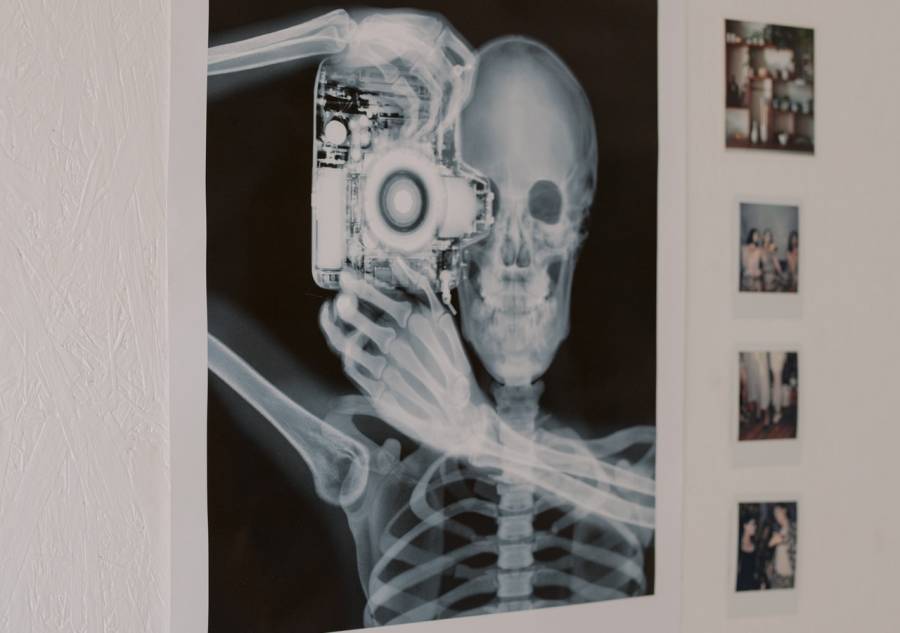The healthcare industry is constantly transforming, and imaging informatics has a lot to do with the way doctors and patients receive information, secure their systems, and, ultimately, perform. Imaging informatics has improved timeliness, accuracy, and saving time and money, making it readily available at their fingertips.
What is Imaging Informatics?
Imaging informatics is as simple as it sounds, but it can also be as complex as it sounds. It is image information through technology. Imaging informatics also takes the name of radiology informatics, as it explains the transfer and use of image technology across medical systems.
The complexity is, of course, how enhanced such a system is and the immense way it has propelled medical professionals and patients to get their data as efficiently as they can.
How Imaging Informatics is Transforming Healthcare Today
Gone are the days patients had to wait for their results by mail or long wait times to see a doctor. Yes, that’s right. Health informatics falls in line with patient portals, telehealth visits, healthcare apps, and much more. So, imaging informatics falls in line with technologies used to see the human body to help diagnose and treat patients. An example of this can be an X-ray. These imaging technologies include Picture Archiving and Communication Systems (PACS) and Radiology Information Systems (RIS). PACS provides low-cost storage and makes the communication of images attainable. RIS manages the data flow for the reporting process.
Advantages of imaging informatics
Timeliness and efficiency
IT Planning, integration, and implementation of the system make imaging software easy for project management, especially when you include voice recognition software. Editing data and information and responsiveness and accurate reporting have never been easier to maximize productivity for healthcare organizations to get the job done.
Doctor-to-patient knowledge is shared on a more understanding scale, as imaging can be used to explain medical complexities. For example, an X-ray can show a broken bone and the progression of the recovery. These images also allow doctors to accurately prescribe medication and transfer information across medical systems, whether to other healthcare professionals who may need it or the patient themselves.
With telehealth on the rise and urgent care facilities taking in more and more patients, efficiency is important. When the data is reliable, tested, and true, it is easier for patients to trust healthcare workers on a less personal visit when it is strictly data-driven or lab result-oriented. Impersonal doctor visits are more common and even taking test results at home. It’s beneficial for patients when they can rely on informatics to see their results and assist their health (see patient involvement below).
Money saved
So, let’s think about this. If it’s easy for digital transfers, accurate images, and data reported in a matter of seconds… it must be a huge money saver, and on a long-term scale, it is.
The University of Illinois Chicago did a study with imaging informatics and found that hospital visits were reduced (which means fewer bills for the public). In addition, many unnecessary radiology tests were eliminated (again, money saved), and about two million dollars were reduced in operational costs.
With accuracy and reliability in data shown from imaging informatics, it cuts out lab tests and redundant blood work, for example. All of the tests, results and other information on a patient can be nested right in their patient portal.
Patient Involvement
When patients can physically see an image, like an X-ray, of what is going on inside their body, they are more likely to participate in their healthcare. Participation can be anywhere from booking a follow-up appointment to taking their medication regularly.
There are even at-home test results. When a patient gets a result through their patient portal, they are more likely to be self-sufficient to get the care that is needed based on the outcome of the test.
Think of it as a continuous cycle. As patients do better, they will need fewer visits, which saves healthcare professionals more time, patients more money, and overall a healthier world.
As there are many advantages to imaging informatics, it’s not all favorable.
When technology works — it’s fantastic — but when technology doesn’t work and we’re dealing with healthcare, it’s not so great.
Disadvantages imaging informatics
Money Spent
We previously mentioned how imaging informatics saves money, and we didn’t lie. Truly, it can… in the long run, at least. However, it does get costly to set up, and if there is a glitch in the system, that also means maintenance is required. Implementation might be a smooth process, and, again, it will help in the long run to save money, but initial start-ups can get costly and be thousands of dollars per physician.
On the financial side of medical care, there could be a decline in revenue, which is beneficial, but still falls under disadvantages. The more accurate reports are, the less redundant tests need to be, so it is a benefit in the efficiency of the new system. However, it acts as a double-edged sword in lost revenue.
Workflow interruption
New systems mean a new way of learning, so, at the start, it will slow the productivity of healthcare workers as they get used to the system. Likewise, it will be a learning curve for patients, as they get to know how to read the data shown on their charts in their patient portals.
Imaging informatics is a highly intelligent system and can change the power structure in the workplace. In retrospect, this may seem like a small issue, but work culture can also affect productivity. This imbalance of power could even deal with doctor-to-patient-to-technology issues. The National Center for Biotechnology Information states that overdependence on technology can become an issue. Doctors can also lose their independence with their patients as these informatics systems can block testing and prescriptions.
There are workflow assessments that medical care facilities can take part in to make sure their system is working up to speed. In addition, companies can be hired to help these facilities optimize their time and their savings, performance, and security.
Security
Imaging Informatics is online. When we put classified information online, that comes with an extra responsibility of Information Technology security systems.
Now, there are plenty of companies that can help make sure information is not breached. Of course, no one can hack the system, but that doesn’t mean it’s not something to be extra careful in watching, especially when it comes to doctor-patient confidentiality.
Speaking of imaging informatics overall
It’s no secret technology has completely transformed the way healthcare professionals, providers, and patients execute their health plans. For example, RIS and PACS make logging and tracking much more effective for medical care professionals. In the long run, imaging informatics significantly benefits the way doctors work and see their patients, but there are some short-term consequences, as well.
Overview of the advantages:
- Project management to help medical professionals stay on track
- Reporting and responsiveness to data is timely
- Data-driven and result-oriented saves time and money for patients and doctors
- Accuracy eliminates redundant testing
- Patient participation in their health is heightened
- Improved quality of healthcare visits
Overview of the disadvantages:
- Initially, money is being spent on a high-tech service, as well as maintenance
- Workflows are interrupted to learn the system
- Doctors might have less control over patient care
- IT Security can pose a threat to data and information
When you look at the pros and cons list, there seem to be more long-term benefits than short-term irritations.
Imaging informatics is already a pretty widespread concept shown in the healthcare world today. Besides X-ray imaging, we’ve seen health informatics like telehealth transform how we see our healthcare physicians and nurses, especially during a global pandemic.
Informatics is largely to thank when it comes to people who are high-risk, and really for most of the world when we were under quarantine.
Despite its initial setbacks, the world is becoming a technological playground, and healthcare is catapulting itself ten steps ahead of the game.
Image Credit: cottonbro; pexels; thank you!

















